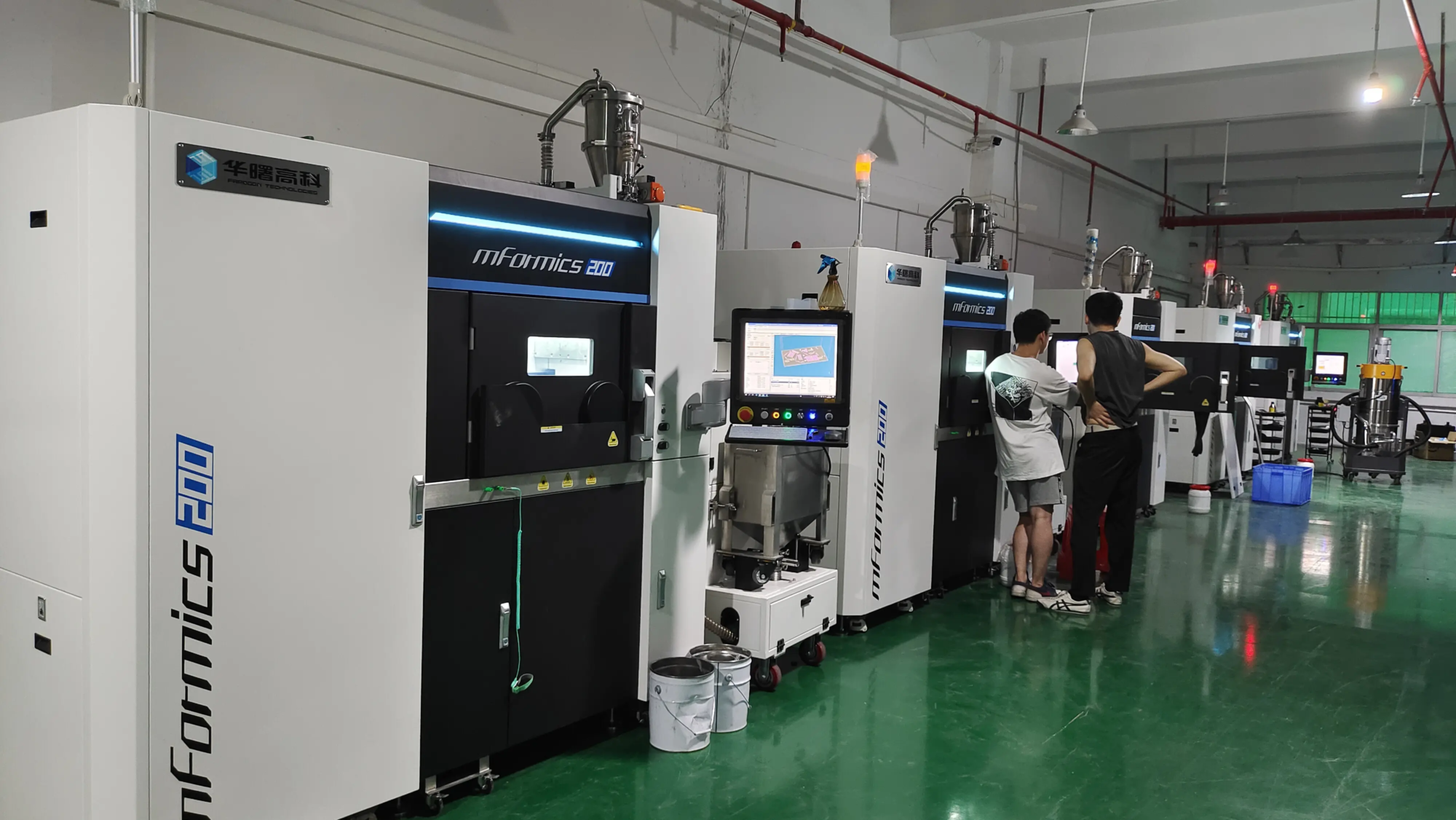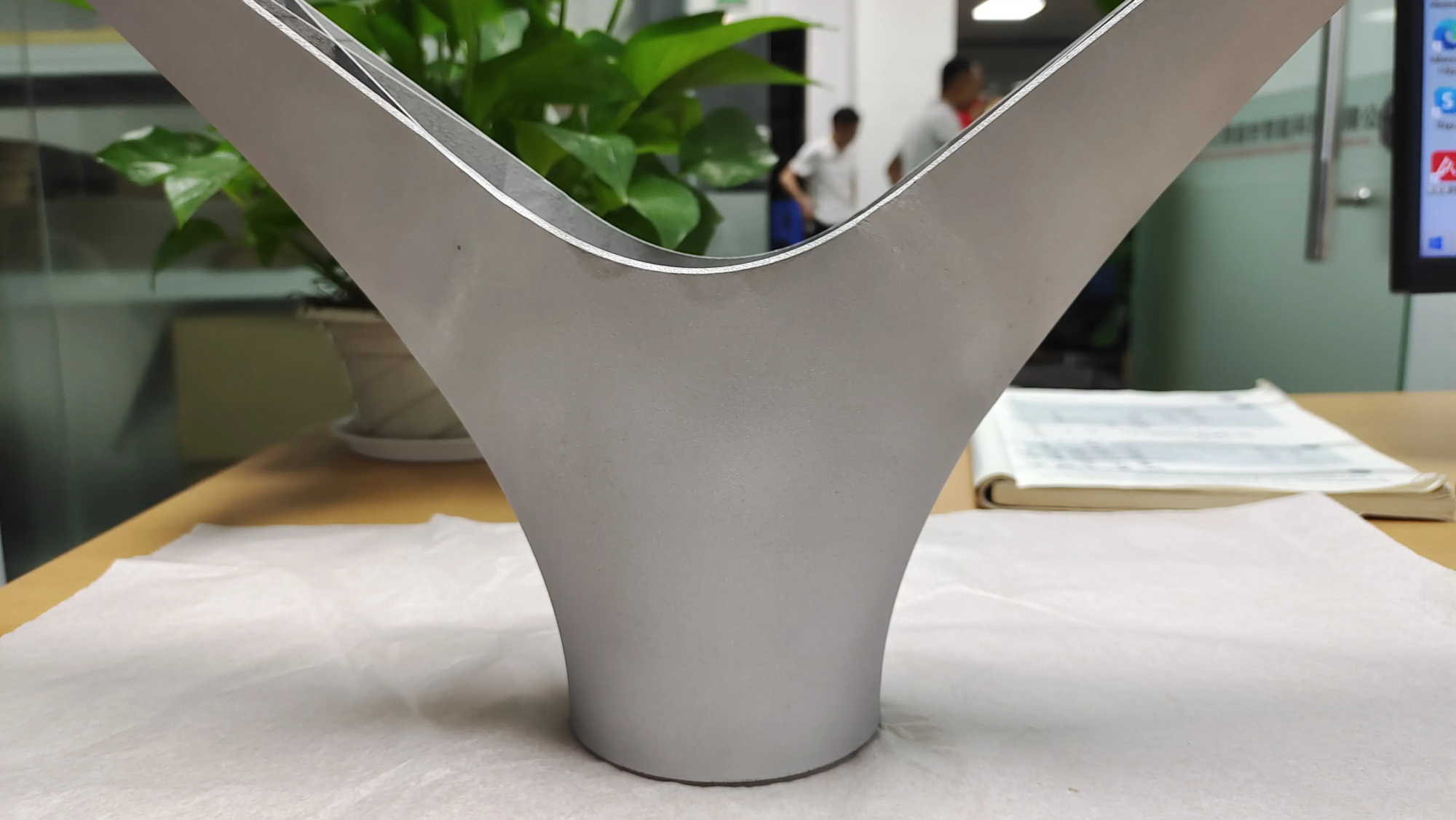The ultimate guide to 3D printing your own Christmas tree topper (plus, how to make it sparkly!)
The crowning glory of a Christmas tree deserves something truly special. Go away, standard store bought stars and angels! 3D printing technology allows you to create unique, personalized tree topper decorations that reflect your family’s style, interests, or holiday theme. Whether you’re an experienced maker or a curious newbie, this guide will guide you through creating your own dazzling treetop masterpiece.
Why 3D print Christmas tree decorations?
- Unparalleled personalization: Design a custom star with your last name, a figurine holding a favorite symbol like a small guitar or a book, a pet reindeer or anything else your imagination can imagine. This level of customization is not possible off-the-shelf.
- Cost-Effective Uniqueness: Although a printer is required, the material cost of a typical topper is low. Free design files abound online, offering unique options without the high price tag of handmade alternatives.
- Creative expression: This is a great holiday themed project! Experiment with colors, textures and assembly techniques. Get the kids involved in designing or drawing.
- Perfect fit: Design or choose a specially sized and shaped topper base to perfectly fit your tree top and tree stand, ensuring it stays securely in place.
- Lightweight options: PLA and other common 3D printing filaments are lightweight, reducing stress on fragile treetop branches compared to heavier tops.
Your step-by-step guide to 3D printing:
-
Concept and design:
- inspiration: Browse repositories like Thingiverse, Printables, Cults3D or MyMiniFactory "Christmas tree topper", "star hat", "Angel 3D printing," etc. Thousands of free designs are waiting for you.
- Customized design: To create something truly unique, create your own using CAD software like Tinkercad (for beginners), Fusion 360 (intermediate/advanced), or Blender (advanced organic shapes). consider:
- structure: Does the lamp require internal support? Can a hollow base save weight?
- Install: How securely does it attach to the tree? Design an integrated collar, clip, or base that fits the top branch or leader (tip: model around a cardboard tube of the tree leader).
- Printability: Avoid extreme overhangs without support. Thin and fragile parts may break easily.
-
Choose the right material:
- PLA (polylactic acid): Most people’s first choice. They’re affordable, easy to print, come in a variety of colors (including metallic, glow-in-the-dark, and translucent!), and are generally sturdy enough. Its lower melting point generally makes it safe around non-incandescent tree lights, but careful placement is always wise.
- PETG (polyethylene terephthalate): Improved durability and heat resistance compared to PLA. Not brittle and more impact resistant. Ideal for larger or more structurally demanding toppers.
- ASA/ABS: If your tree is located in a warm/hot spot (near a heat vent or fireplace), it will be better suited to handle heat fluctuations. They require a heated bed and enclosure for printing, and often emit fumes during the printing process.
- Considering metal? An extremely durable, high-quality, heat-resistant topper available in unique weights and finishes (polished, satin, colored metal), Professional metal 3D printing is an option. company likes huge light Leverage Advanced Selective laser melting (SLM) technology. Use lasers to fuse fine metal powders to build complex metal parts layer by layer. huge light Specialize in Metal rapid prototyping – They can transform your intricate digital designs into stunning, sturdy stainless steel, aluminum, titanium or custom alloy tree tops. their One-stop post-processing and finishing services Meaning you’ll get a piece that’s ready for display, polished, plated or coated as needed.
-
Prep and slice:
- Model fixes: Check the model downloaded or created in the slicer software for errors. Use tools such as Netfabb in Cura to fix any holes or non-manifold edges.
- Slicing settings: Customize settings based on your materials and desired results:
- Floor height: The lower layer (0.15-0.2 mm) smoothes the curves of the decorative elements. The higher number of layers (0.28mm) is suitable as a structural base for increased speed.
- filling: 15-25% is usually enough to ensure stiffness without using too much weight/material (use a gyro or honeycomb pattern for greater efficiency).
- support: Enables support for significant overhangs (>45-60 degrees). Tree-like structures (branches, arms) almost always require support.
- Brim/raft: Using edges allows for better adhesion to small contact points or thin bases.
- Consider splitting a larger model: If your printer bed is small, design the top to have multiple interlocking sections.
-
Printing tips:
- calibration: Make sure your bed is perfectly level and the nozzle height (Z-offset) is correct for optimal first layer bonding.
- Pay attention to the environment: Avoid drafts. The casing facilitates the use of materials such as ABS/ASA.
- Monitor: Check that the first few layers have been laid correctly.
- patience: Tree canopies often have details that require slow, precise printing.
- Post-processing and finishing:
- Disassembly and cleaning: Carefully remove the printed part. Use a flat end mill to cut away the support structure. Start with coarse sandpaper and work your way up to finer grit sandpaper to sand away any raised or support marks.
- Primer: Spray primer filler to create an even surface and hide layer lines (especially important for spray painting).
- painting: Use acrylic paint. An airbrush can make the surface smoother, but so can careful brushing. Metallic paint, glitter spray or a matte finish all work great! Consider painting the different parts before assembly.
- seal: Protect your paint job with a clear acrylic spray sealer (matte, satin or gloss).
- assembly: Use CA glue (superglue) or epoxy to securely bond the individual parts together for plastic-to-plastic bonding. for metal parts Professionally printed, ensuring they are also assembled and finished correctly to your specifications – glorious Manufacturing expertise ensures parts fit together precisely, with finishing preventing the metals used, such as aluminum or copper alloys, from tarnishing and providing assembly options when needed.
- Add magic: Integrate small battery-operated fairy lights into the hollow sections, glue on tiny rhinestones, or add glitter embellishments.
- Install: Securely attach your chosen mounting mechanism (clip, collar, base) to the tree rope. Test its stability.
Safety first: Christmas lighting considerations
- Material heat resistance: PLA softens slightly as it approaches a consistent heat source. Make sure it is not in direct contact with the incandescent bulb filament or very close to the heat vent.
- LED lights are more friendly: Cold running LED Christmas lights are ideal for 3D printed topper hats.
- Fire safety: Even with LEDs, keep gaps and make sure the wires are properly insulated/not pinched. Never leave lights on unattended for long periods of time.
Conclusion: Build your tree with innovation
3D printing opens up a new realm of creativity for holiday decorations. Your Christmas tree topper becomes more than just an ornament; it becomes a conversation piece, a treasured heirloom that represents your unique style and the magic of its making. From playful designs printed in colorful PLA at home, to stunning sculptural metal masterpieces produced through professional services such as GreatLight’s rapid prototyping expertisethe possibilities are endless.
Ready to create something truly special that might outlive the tree beneath it? Embrace the maker spirit and design or choose your perfect topper and let your printer (or a trusted professional partner) bring your holiday vision to life. This Christmas, crown your tree with innovation and pride!
Frequently Asked Questions About 3D Printed Christmas Tree Decorations
Question 1: Is it safe to use PLA plastic near Christmas lights?
Answer: Generally speaking, yes, if You use LED lights that produce less heat. Avoid direct contact with traditional incandescent light bulbs. Ensure good airflow and do not place it directly above a heat lamp set or near a strong heat source such as a vent. PLA softening temperature begins around 50-60°C (122-140°F).
Q2: Can I 3D print the metal tree top myself?
A: Desktop metal 3D printing is still very expensive and complex for consumers. Most highly detailed metal toppers are produced using industrial processes, e.g. Selective Laser Melting (SLM) or Binder jettingcan be passed Professional rapid prototyping company For example huge light. They have advanced equipment, materials expertise and post-processing capabilities to deliver high-quality, safe, beautiful metal parts.
Q3: My printed topper is too heavy for my tree top. what can I do?
Answer: Redesign! When modeling, increase the internal hollow space, significantly reduce the fill percentage (10-15%), or use a mesh structure. Printing with a less dense material (such as standard PLA) instead of PETG can help. For large structures, consider lightweight plastics such as nylon that are commercially printed on SLS machines. professionals Designs can be optimized to achieve minimum weight while maintaining strength, especially in metals using lattice optimization techniques.
Question 4: How to secure the 3D printed topper firmly to the tree?
A: Design is key! Include:
- The tapered hollow base slides snugly down the tree top leader.
- Sturdy clips are integrated into the design.
- Flat base with holes that allows you to tie floral wire or zip ties to the main trunk/branches.
- Glue or attach plastic or metal tubing (designed for tree leader sizes) to the bottom of the top.
Q5: Can I leave the 3D printed hat outside?
A: Standard PLA is not suitable for outdoor use as it degrades due to UV rays and moisture. PETG or ASA are better weather-resistant options and have slightly higher heat resistance. For durability and extreme weather durability, Professionally printed metal topperespecially aluminum, titanium or weather-resistant stainless steel alloys, are excellent solutions. company likes huge light Can advise on the best materials and protective finishes for outdoor use.
Question 6: Where can I get professional help with custom metal or complex plastic tree tops?
one: Professional rapid prototyping manufacturerFor example huge lightare experts at transforming digital designs into precise, high-quality physical objects. they are particularly good at Metal Additive Manufacturing with SLM And provide professional SLS, SLA and FDM services for a full range of materials. their One-stop post-processing (Sanding, Polishing, Painting, Plating) Take your piece from a core print to a stunning finished product, ready to crown your tree. Their expertise enables them to quickly solve complex design and manufacturing challenges, delivering custom solutions at competitive prices.





